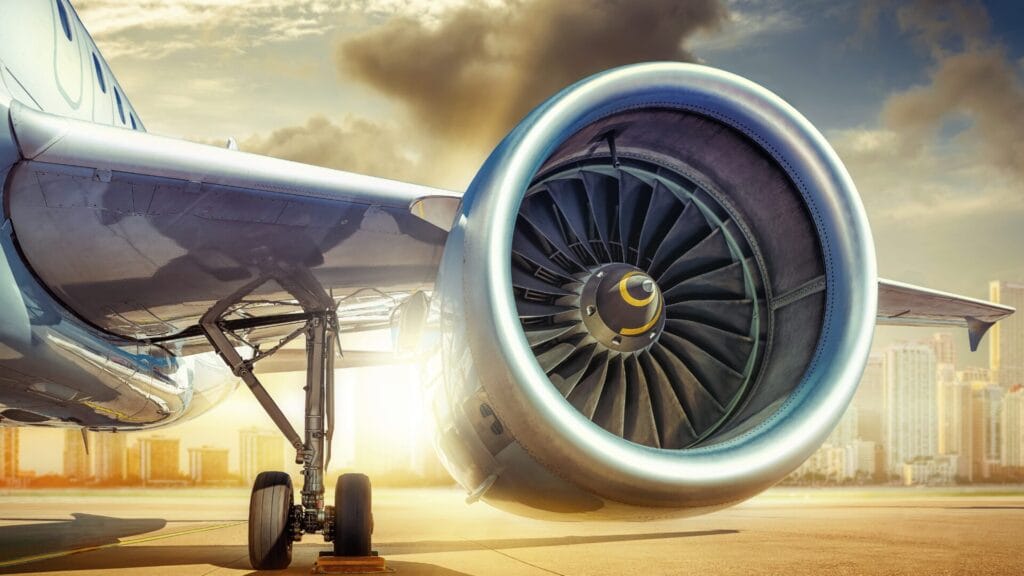Anyone who has been involved in growing a business knows how tough it can be. But those who have taken the leap to grow internationally understand that the challenges multiply quickly.
Entering new markets means navigating new cultural and language needs to connect with different audiences. It’s a whole new level of complexity.
Fortunately, there are ways to make the journey a little easier.
In this post, I want to take a quick look at some of those challenges, and some of the practical approaches that can help you implement a successful multilingual strategy.
Why Website Translation Matters
When you enter a new market, it should be fairly obvious that most of your potential customers won’t speak the language you’ve traditionally operated in.
As an example, English is often seen as “the language of Business”, yet only 1 in 5 people (18%) globally speak English.

Ignoring customers who speak different languages can significantly harm your growth.
While some people may be able to muddle through a foreign website with a little persistence and a touch of Google translate, data shows that at least 90% of users say they are more likely to buy from a site in their own language.
Sales – online or off – is all about trust and engagement. It seems absurd that a company would spend millions on optimizing end-to-end CX (customer experience), but then choose to create deliberate barriers to understanding their offerings.
As products and services become more complex or specialized (or to put it another way – more profitable), these barriers only increase.
Trust, security, engagement and propensity to buy. All of these hinge on your ability to get the right message to the right customer at the right time.
Let’s think more closely about the key benefits that translation offers.
Enhanced User Engagement
As mentioned, users are far more likely to engage with content that speaks their language.
But this preference extends beyond just product descriptions and point-of-sale. Reviews, support content, instructions, even social media updates – all play a huge part in the conversion process.
CSA Research found that 73% of users want product reviews in their own language, while 40% simply will not buy from a website that is in a foreign language.
Increased Revenue Potential
People buy from brands they trust. According to Adobe research, 70% of customers will stop buying from a company if it breaks their trust, and trust is built on the accuracy of product information.
If customers can’t access or understand that information, they can’t trust you.
It’s also important to remember that product knowledge is a two-way street. If you have a multinational sales or support team, then increasing internal product knowledge helps them to go above and beyond with customers and prospects, significantly affecting conversion and retention.
Competitive Advantage
Your website is your shop window and in a crowded market, standing out is crucial. If your competitors are already providing a multilingual website, then you can level the playing field through translation.
In addition, you can tap into softer benefits, positioning yourself as a user-centric brand and offering a seamless, enjoyable customer experience.
With so much to play for, translation seems an obvious step. But many businesses struggle with implementation.
With so many types of content to translate, the entire process can seem daunting. There are also quite a few common misconceptions which add to this reluctance, and can make it difficult to know how to get started.
Let’s take a look at some of the more common challenges, and some practical solutions that can help.
Common challenges with Website Translation
Localizing Content
One major misconception is that translation is as simple as converting words from one language to another.
This literal translation approach often misses the mark because it doesn’t account for cultural nuances and idiomatic expressions.
For example, a phrase that makes perfect sense in English might be confusing or even offensive in another language if translated word-for-word.
Effective translation involves localization, which adapts content to fit the cultural context of the target audience.
Cultural Adaptation and Maintaining Consistency
Cultural adaptation goes hand-in-hand with maintaining consistency across your website.
It’s crucial to keep your brand’s voice and message uniform while adapting the content to different languages. This consistency builds trust and brand recognition.
To achieve this, create a style guide and glossary of terms for translators to use. This ensures that key terminology, tone, and style are preserved across all languages.
Practical Solutions
Using a Translation Management System (TMS) can greatly enhance efficiency. A TMS centralizes all translation work, streamlines and automates workflows, and helps maintain consistency.
It allows you to manage and track the entire translation process, ensuring that all team members are on the same page.
Combining human translation with machine translation (MT) can provide the best of both worlds. Machine translation can quickly handle large volumes of content, making it cost-effective and fast.
The quality of MT translation is continuously improving. This coupled with the correct QPS scoring, can be ideal for high-volume content, such as automated customer service responses, real-time customer support or user generated reviews.
Human translators can then become the exception, rather than the rule, taking on the role of guiding and training your machine translation engine to ensure consistent improvement.
Implementing Website Translation
Successfully translating your website begins with thorough research and planning.
Start by understanding your target demographics and competition.
Knowing who your customers are and what languages they speak is crucial (Tools like the English Proficiency Index and your own market research can be extremely useful here).

You should also look to prioritize languages based on market potential.
Focus on regions where there is a high demand for your product and a significant number of non-English speakers.
For instance, if you’re targeting markets in East Asia, prioritizing languages like Chinese, Japanese, and Korean could be beneficial. Assess the economic potential of each market to decide which languages to support first.
Understanding your competition can also offer valuable insights. Analyze their multilingual strategies and identify gaps you can fill.
This research helps you make informed decisions, ensuring your translation efforts align with your business goals and market opportunities.
Measuring Success
Finally, once you’ve made the change, you’ll obviously want to make sure it’s having the desired effect.
And while it’s always nice to be able to simply watch sales accelerate in a new market, there are plenty of more detailed metrics that can help you see the full ROI.
One of the more useful approaches is to A/B test translated content as you roll out your translation program.
Check top of funnel metrics like local SEO performance and website traffic to translated and untranslated versions of content, and be sure to monitor on-page activity.
Beyond data, make sure you regularly survey users, asking for qualitative feedback to give you a better picture of what’s working and what isn’t.
Ideally, you’ll have pre-translation sentiment scores and benchmarks to compare this to.
By keeping an eye on these metrics and actively seeking user input, you can ensure your multilingual strategy effectively supports your business goals.
Conclusion
Whether it’s increasing user engagement or driving new revenue, there are a lot of clear benefits to translating your website.
By using the right Translation Management System and taking a nuanced approach, you can become more user-centric, and provide better ongoing customer experiences.
Here, we’ve scratched the surface of the benefits offered by website translation. If you’re ready to reach a global audience and unlock growth potential, make sure you download our latest ebook now >>>
FAQs: What is website translation?
Website translation involves converting the textual content of a website from one language into another. This process ensures that the content is accessible to users who speak different languages. Website translation often focuses on translating text such as blog posts, product descriptions, landing pages, and more.
Do I need to translate my website?
If your business aims to reach a global audience or operates in markets where customers speak different languages, translating your website is essential. It enhances user engagement, builds trust, increases revenue potential, and gives you a competitive edge.
What is the difference between website translation and website localization?
While website translation focuses on converting text from one language to another, website localization goes further. Localization adapts the content to fit the cultural context, including cultural nuances, legal requirements, purchasing habits, and user preferences of the target market. Localization ensures the website is culturally relevant and user-friendly for different audiences.
What does it cost to translate a website?
The cost of translating a website varies based on several factors, including the volume of content, the number of languages, and the complexity of the material. Additional costs may include localization efforts, quality assurance, and the use of a Translation Management System (TMS). Many businesses use a combination of machine translation and human translators to balance cost and quality.
What languages should I translate my website into?
The choice of languages depends on your target markets and business goals. Conducting market research to identify regions with high demand for your products can guide this decision. Commonly prioritized languages include Spanish, French, Chinese, Japanese, and German, among others, depending on the geographic focus and market potential.





